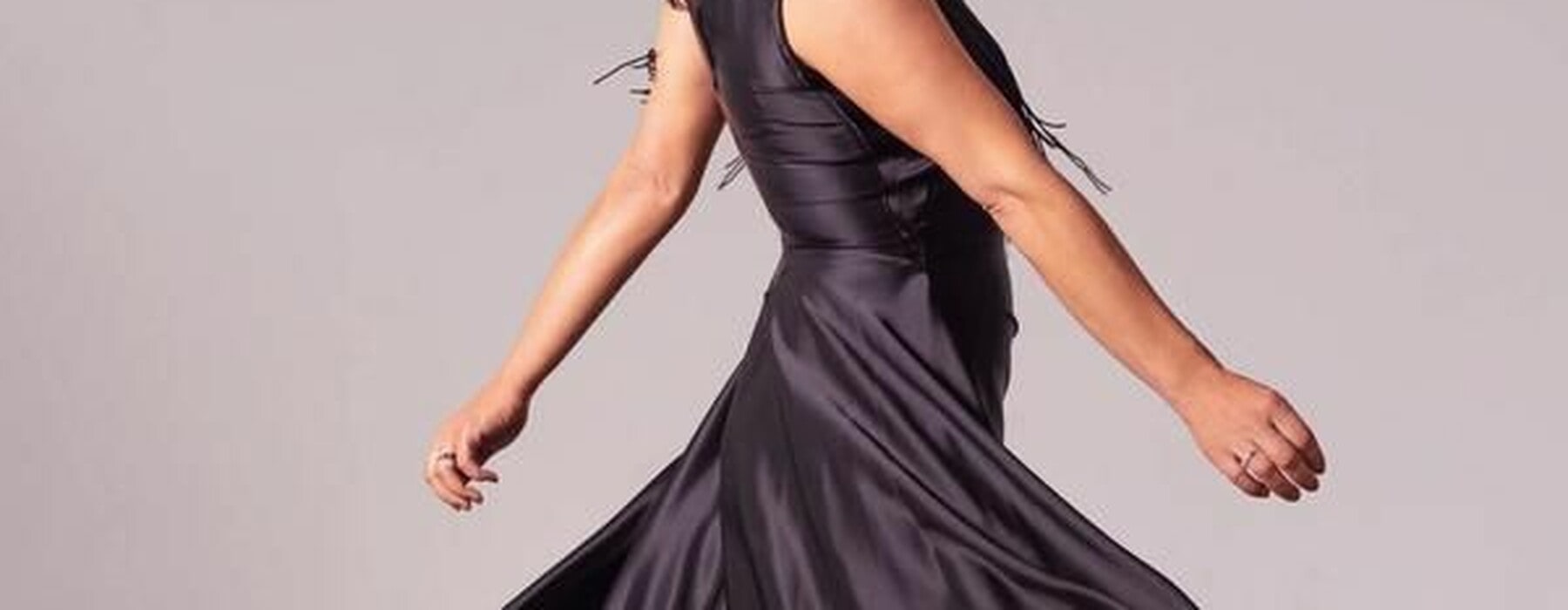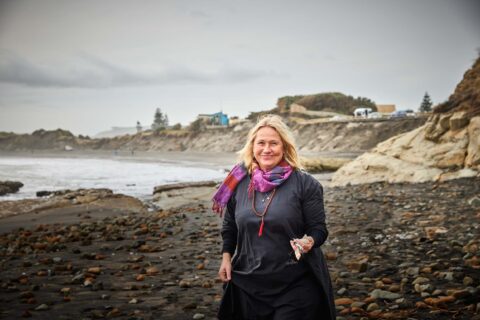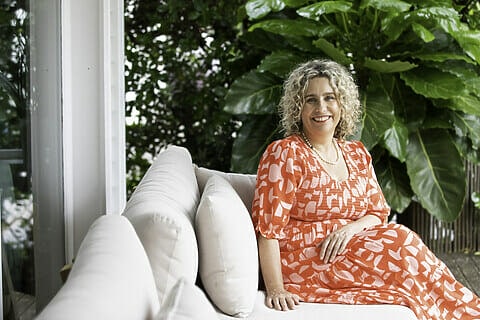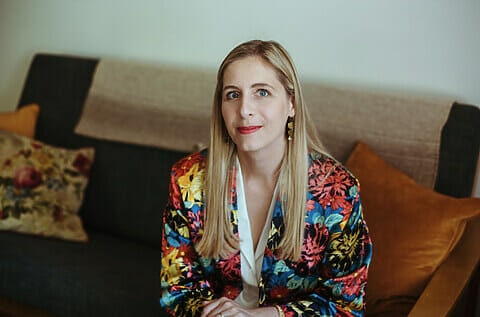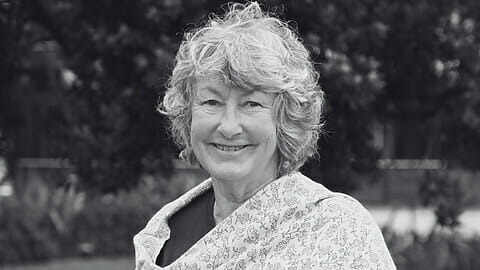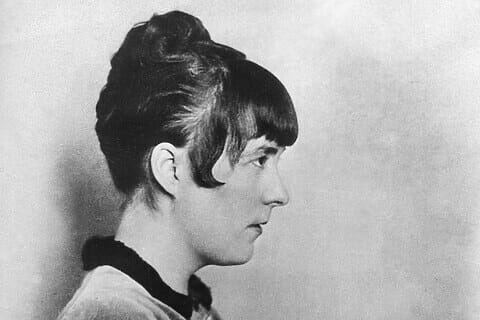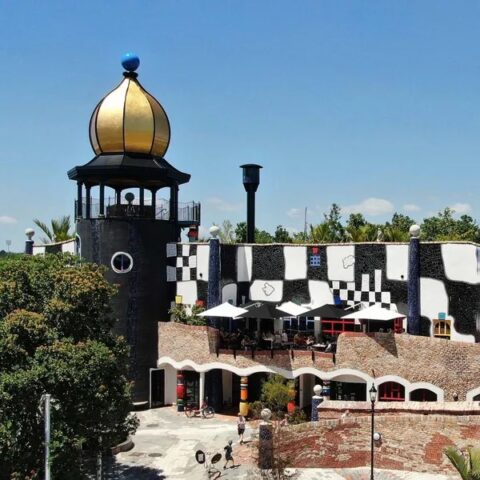Pēpi; pēpē; baby. I do love babies. I also love that we had two new pēpi join our whānau last year, a niece and a nephew thanks to my siblings, so my clucky ways have an outlet. The word pēpi is getting a lot of love itself, making its way in to more everyday conversations. It’s actually what we call a “loan word” or transliteration of the English word “baby”. You can hear that similarity when you say “pēpi” out loud, but I think many don’t realise it is an adaption of “baby”. When my babies were small I loved hearing the terms kaumātua would use to talk about them, including piripoho which means precious, treasured and also a newborn, breastfeeding baby. Piri pāua is another traditional Māori term they said to me, this refers to how babies attach to their māmā like a pāua clings to a rock, which is a feeling many women will relate to!
When our babies were born I was grateful to be at a place in my life that I could reclaim traditions like burying their whenua (placenta) with karakia – incantations that include the genealogy of both parents, and acknowledge the generations that have led to this piripoho. As a new mother I felt the comfort of a ceremony of mindful gratitude for the safe delivery of our piri pāua. In the flood of emotions we all feel post-birth, moments that centre us are precious, and I believe that’s one of the intentions woven in to that ceremony.
This is just one of the ancient traditions that endure and are being reclaimed by many of our generation. I’ve been seeing more whānau holding tohi – a dedication, baptism rite that are held by flowing water at a stream or river for new babies, surrounded by their whānau and special friends.
Burying a baby’s whenua (placenta in this case, but if you’re thinking it’s the same word as for “land”, you’re right. Both types of “whenua” sustain our survival!) is a tradition many families have adopted, planting a native tree on that spot. I’ve had conversations with friends who have pondered where to bury their babies’ whenua, as they wanted it to be somewhere that would remain in their whānau. The other challenge can be if you live away from your ancestral land or tūrangawaewae – the place you belong to is transporting and storing the whenua before you can bury it. I’d recommend planting it in a pot with the native tree you will keep with it, until you can take it to where you’ll bury it. Ipu whenua – clay containers for the afterbirth – are something you can make yourself, or these days you can buy some made of other materials too. Then there’s muka ties, which replace the pegs that a hospital will often put on a baby’s pito – umbilical cord directly after birth. They can be made by hand by you or a relative, or these days, you can buy them as well.
Not all of our birthing traditions have been, or perhaps can be returned, but I have felt deep comfort from those I have been able to embrace. They helped me feel connected to wāhine of our past, and surer of my innate senses as a mother. My whanaunga (relation) doctor Kelly Tikao has written her doctorate and masters thesis on this kaupapa, and she’s one of many incredible women reviving the brilliance of the knowledge and ritual of our ancestors to benefit our pēpi and their māmā.

